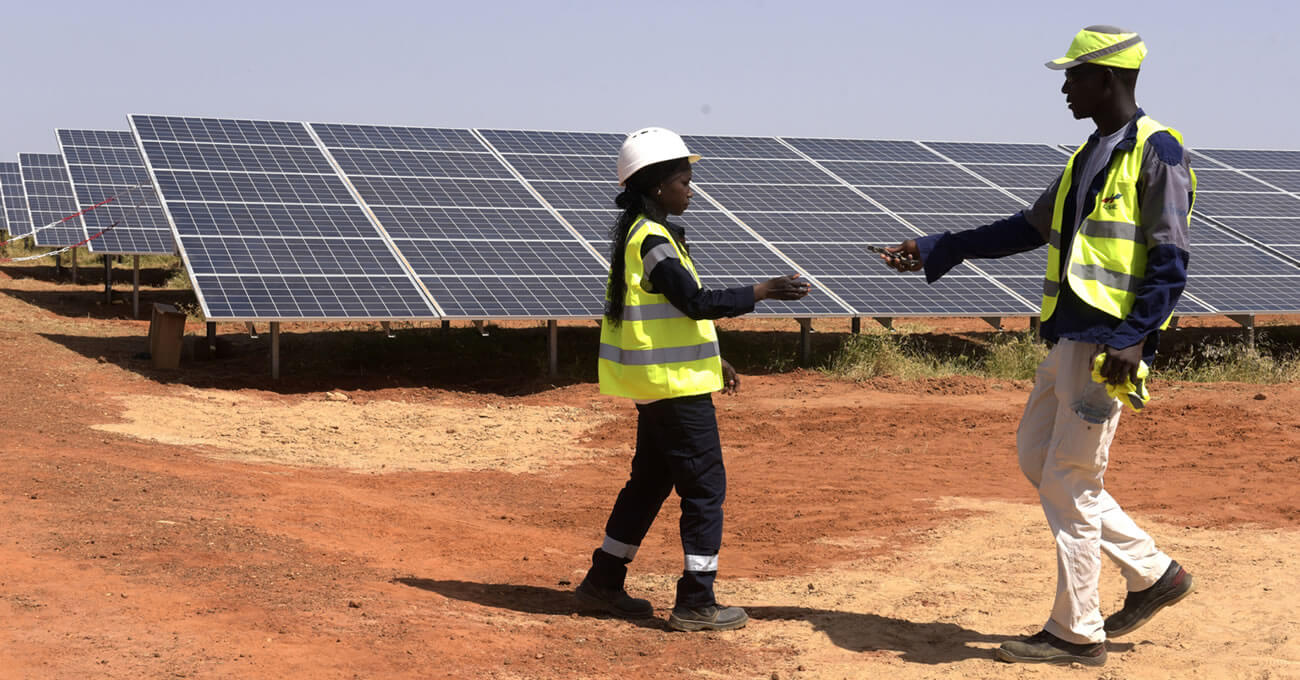
The solar power industry is experiencing significant growth and change as costs of installation plants have come down in leaps and bounds. Solar Energy is fast out competing all other Energy generating sources, especially in heavily populated countries like India and China as well as other global markets. Because of the fast paced advancement in solar energy technoly and the vast number of new entry manufactureres and contracters, an increasing number of projects are now being built under the Engineering, Procurement and Construction (EPC) contracts, hence opening a new delivery option to this growing solar energy market.
EPC contracts have traditionally been used on large and complicated power, petrochemical and heavy industrial projects (Is EPC the Path, Insights That Build, Summer 2011). Recently, the EPC structure is emerging as a standard contracting method for large solar projects as well. What is EPC, why are solar owners turning to this contracting method, and what should an owner look for in an EPC contractor?
Solar EPC Meaning
EPC contracting is the industrial version of commercial design-build where the contractor bids and builds a full turnkey facility for the plant owner. The primary difference between commercial design-build and EPC is the addition of plant performance guarantees in EPC contracts.
These guarantees can include guaranteed plant output capacity, annual energy production and availability. Therefore, upon completion of start-up and testing on EPC projects, the contractor is responsible to deliver a running process plant that meets all performance criteria by a specified date.
Looking to Minimize the Risk
The biggest value of EPC is it transfers the greatest amount of risk away from the owner to the contractor. In the case of the solar marketplace, the transition from traditional design-bid-build to EPC is occurring because these projects are being backed by large traditional financers, who are looking to financially strong contractors to guarantee plant design and construction in order to minimize their risk and maximize their long-term profits. Specific risks these financiers are looking to minimize include:
Evolving technology supplied by overseas manufacturers
Plant labor and installation cost escalation
Limited solar design professionals with deep understanding of the long-term performance impacts of design details
Having a large financially stable EPC contractor manage the design, purchase the components, and install, start-up and turn-over the system to the owner, the EPC accepts and manages the project’s procurement and performance risk.
Taking the EPC Plunge
A successful EPC arrangement requires thoughtful upfront planning. When considering an EPC contract, there are several key criteria an owner should qualify when hiring a contractor:
Established Solar Component Supply Chain: With solar component costs accounting for almost 50% of the plant costs, a proven supply chain is important to any solar EPC success.
Extensive Self-perform Capability and Deep Subcontractor Network: Solar projects require significant man-hours to fabricate and install. To keep costs and risks to a minimum, the EPC provider needs to have a thorough understanding of the local labor rates and rules. The contractor should also have experience mobilizing large labor forces to remote areas, including a plan for how to deal with transportation, housing and labor rates to get the crews to the site.
Developed Risk Management and Project Controls Procedures: Solar projects often have aggressive schedules with material being procured from around the globe. EPCs need to have established project controls to minimize project delays. For example, this might include experience with a production-line fabrication approach to improve installation quality.
A well-established EPC firm can bring significant buying power and technical resources to the project, driving out inefficiencies in cost and performance while reducing owner risk.
Keys to Getting the Best Pricing from Solar EPCs
EPCs should be asked to take responsibility for performance issues they control in design and construction. In order to balance cost of risk with cost competitiveness, there are several areas an owner can specifically address when working with an EPC:
Subsurface investigations: Subsurface soil conditions are one of the larger design and cost risks associated with solar projects. Owners can keep risk premiums to a minimum by doing a professional and thorough soils investigation, including driven pile load testing.
Utility Interconnection Design and Permitting: Connecting a solar plant to the utility grid can be a lengthy process, especially at higher voltages. Owners can reduce the schedule risk for the project by starting the interconnection process early.
Balanced Performance Guarantee Damages and Requirements: With the relative youth of solar as a utility-scale power generator, the damages associated with plant delivery schedule and performance are often significantly higher than the value of associated lost power generation. These high damage levels often result in additional cost premiums added to proposals. Damages should be balanced to match the actual project risks:
Energy underproduction damages should match the value of the energy not produced.
Include reasonable tolerances in measurement uncertainties of generation and weather input measurements.
Limit areas where EPCs are asked to manage risks associated with areas they do not control including maintenance, soiling and other similar issues.
Conclusion
The EPC contracting model— through which the design-builder takes performance responsibility — can be a successful approach for building large-scale solar facilities. However, it is important for an owner to find strategies to work with the contractor to effectively mitigate the risks while balancing cost. Proactive early efforts to identify unknowns and placing reasonable performance guarantees on the contractor can significantly reduce project risks and potential added costs to help manage these risks.
About the Author
By Scott Mccarthy - Canada, LEED AP BD+C,
Share This News